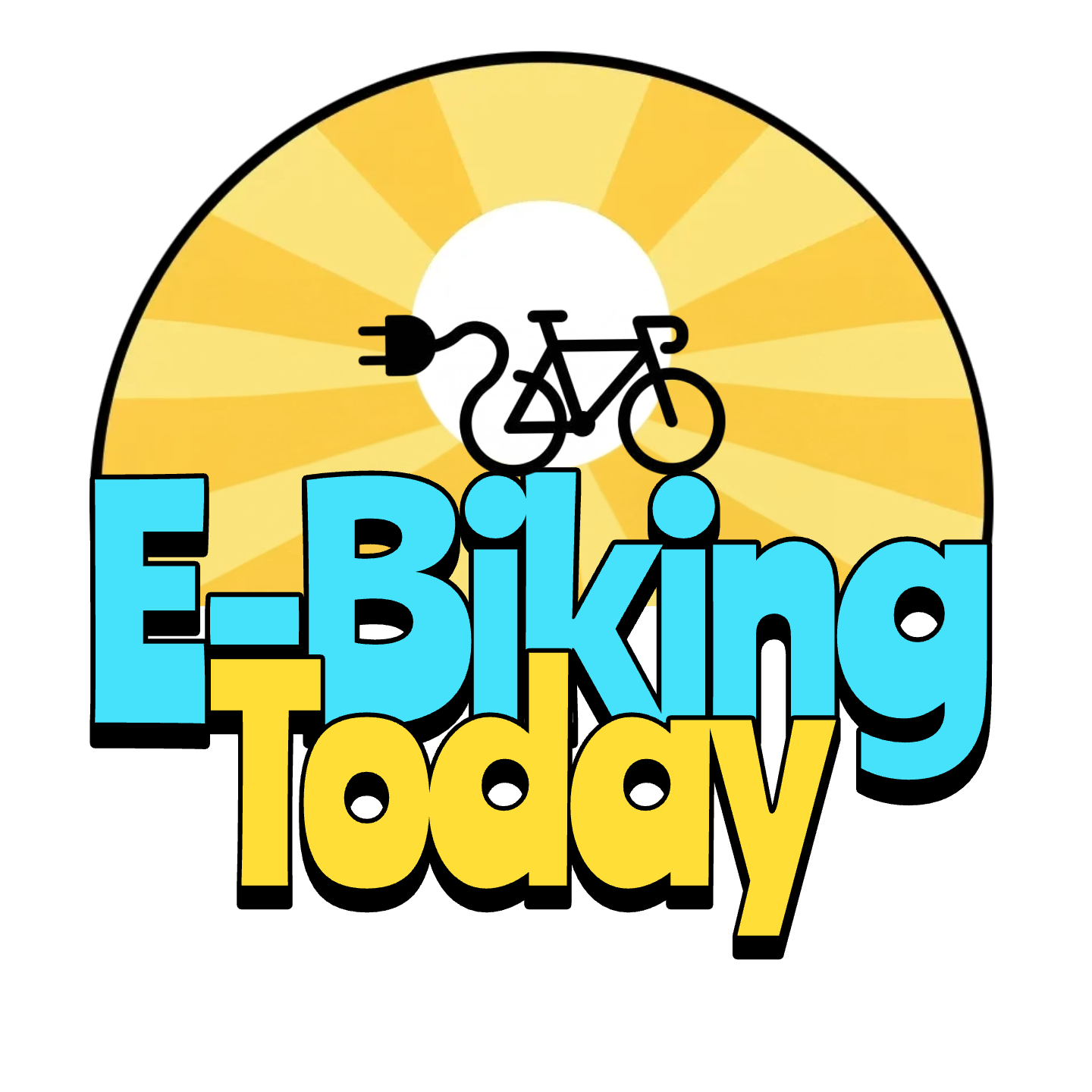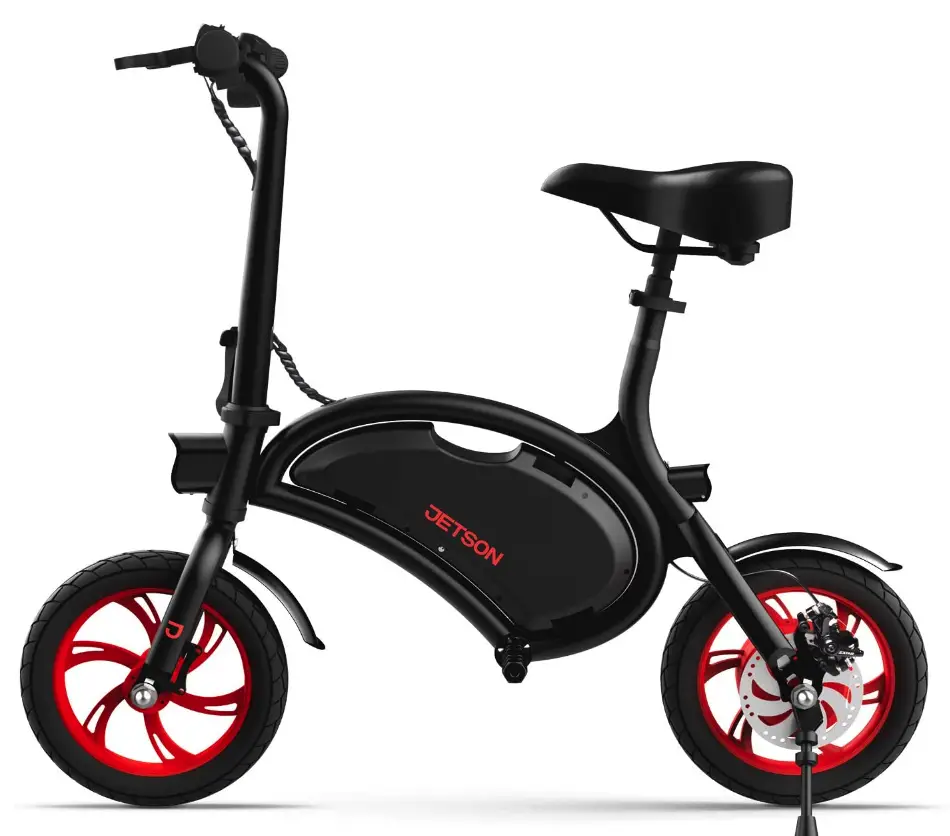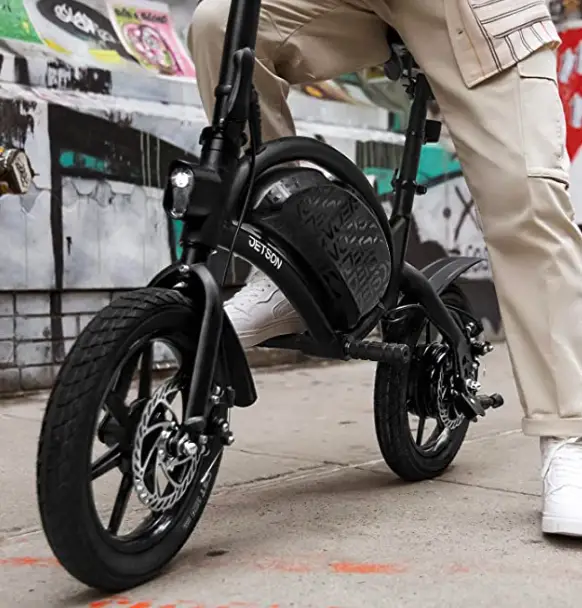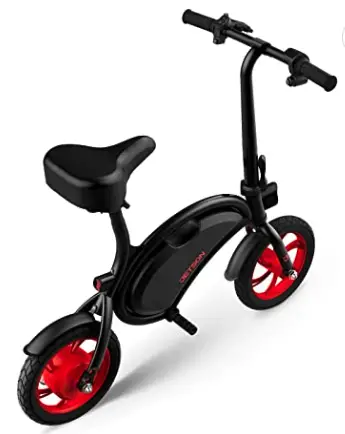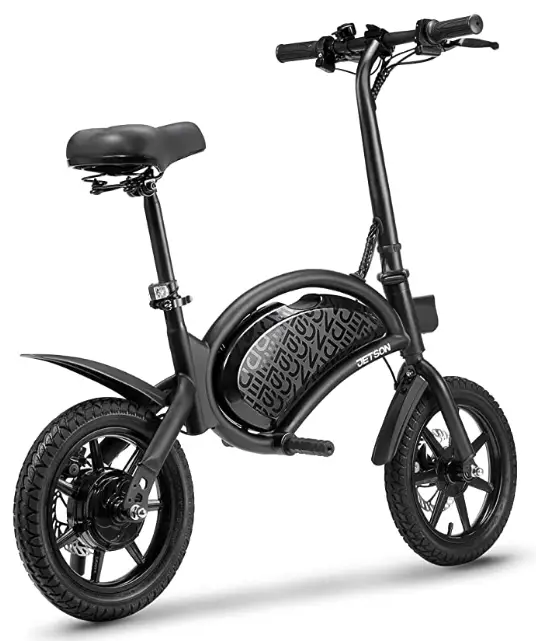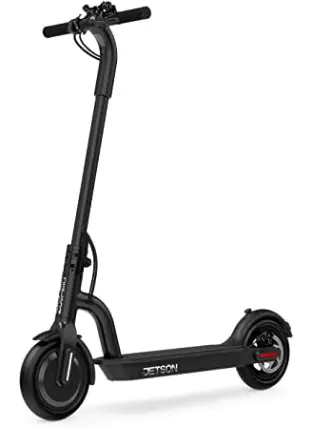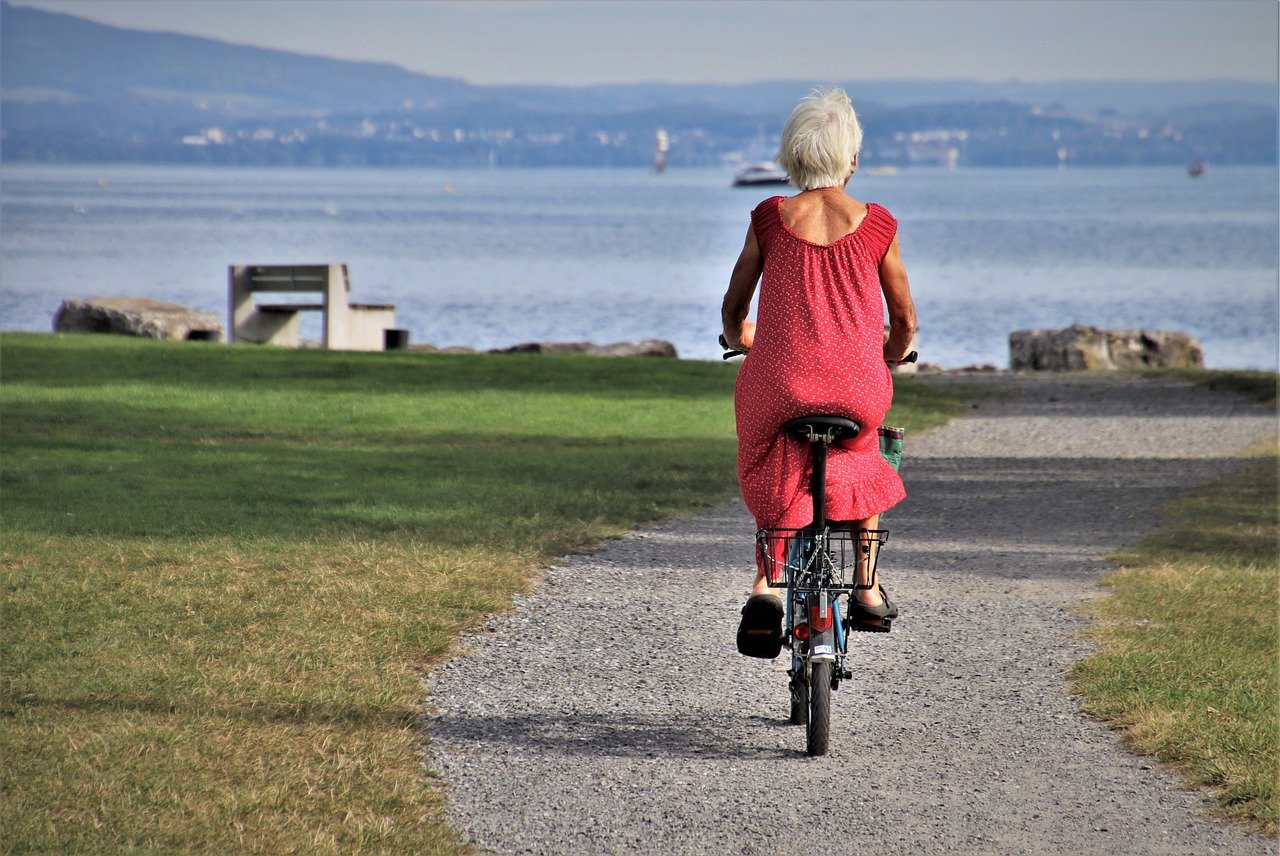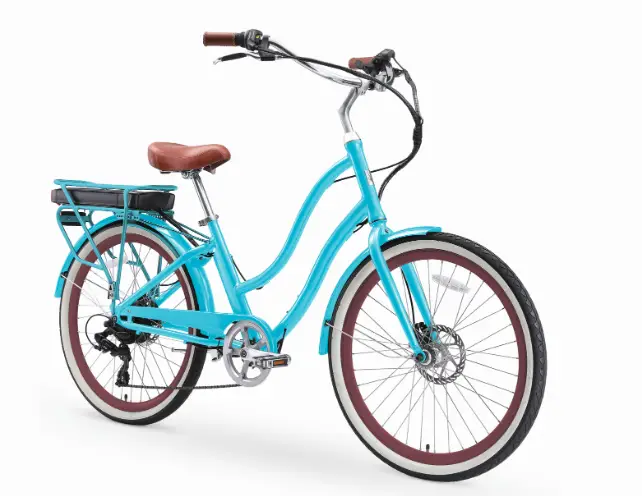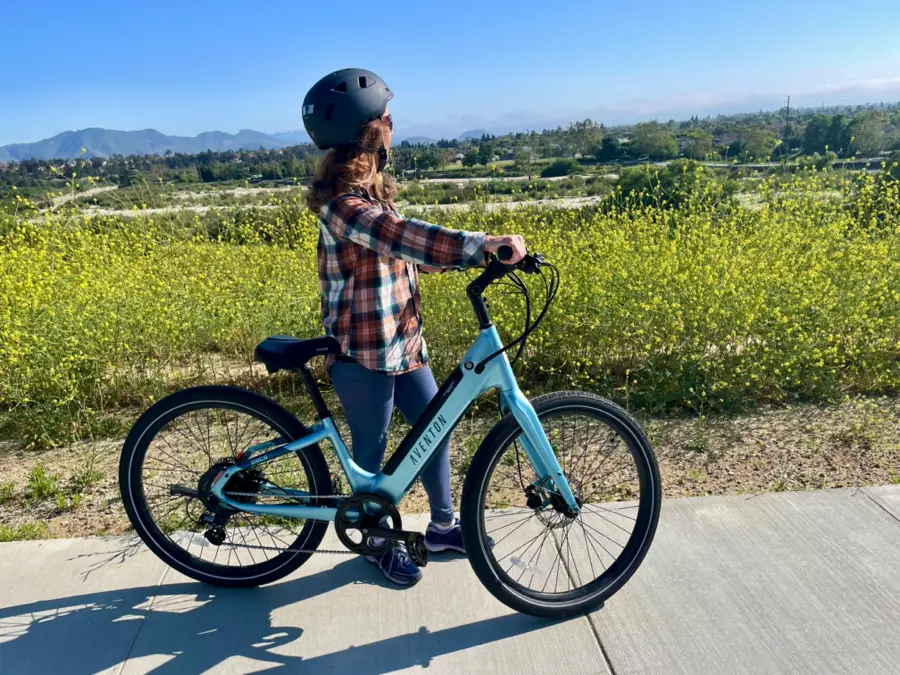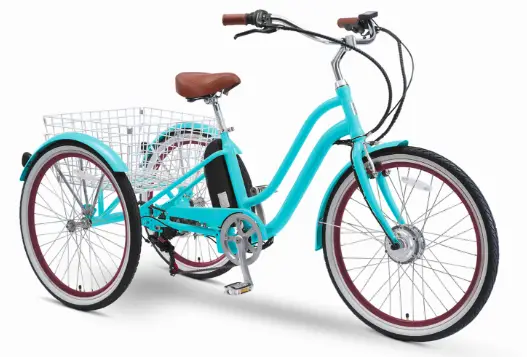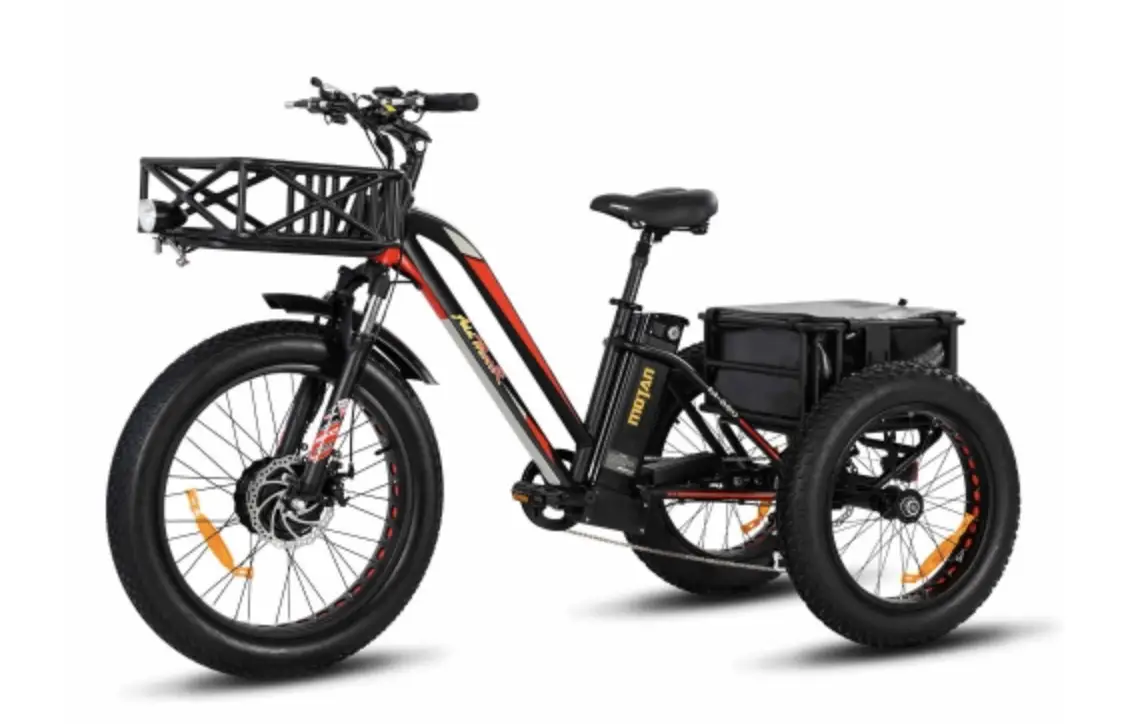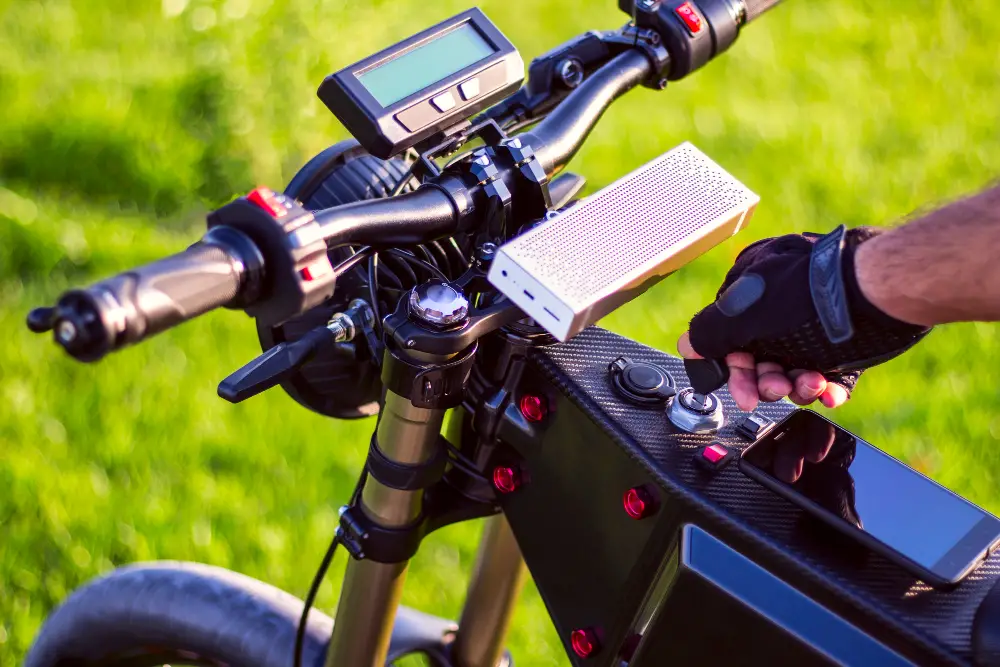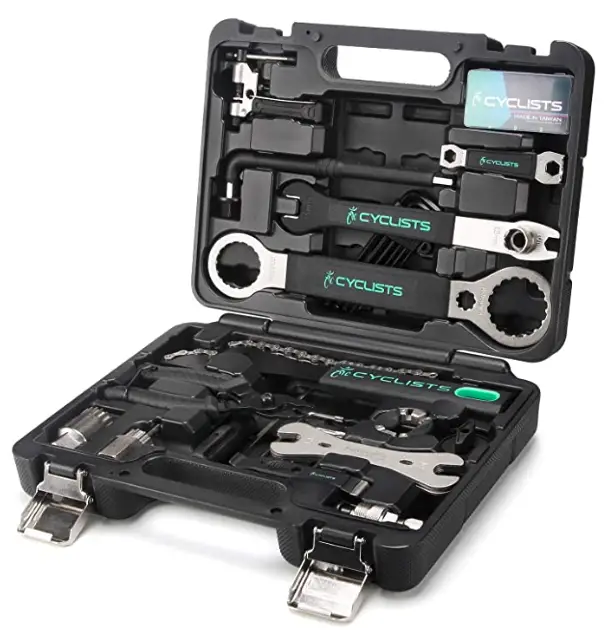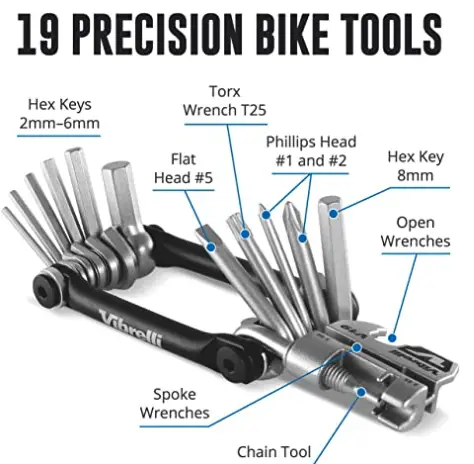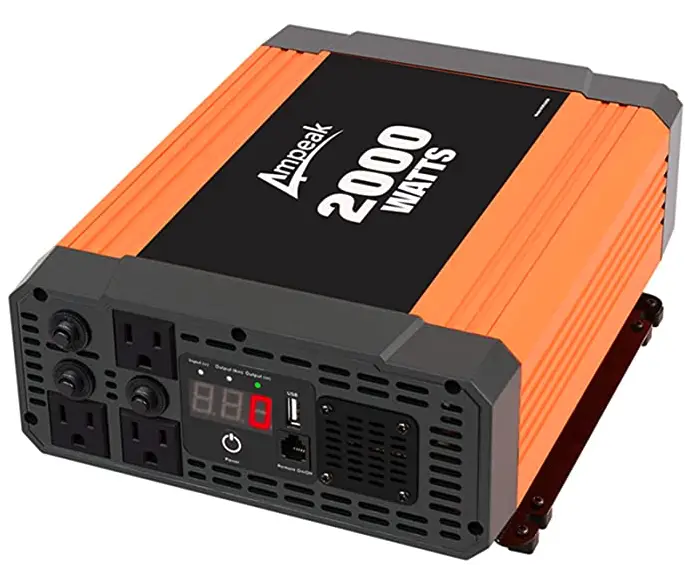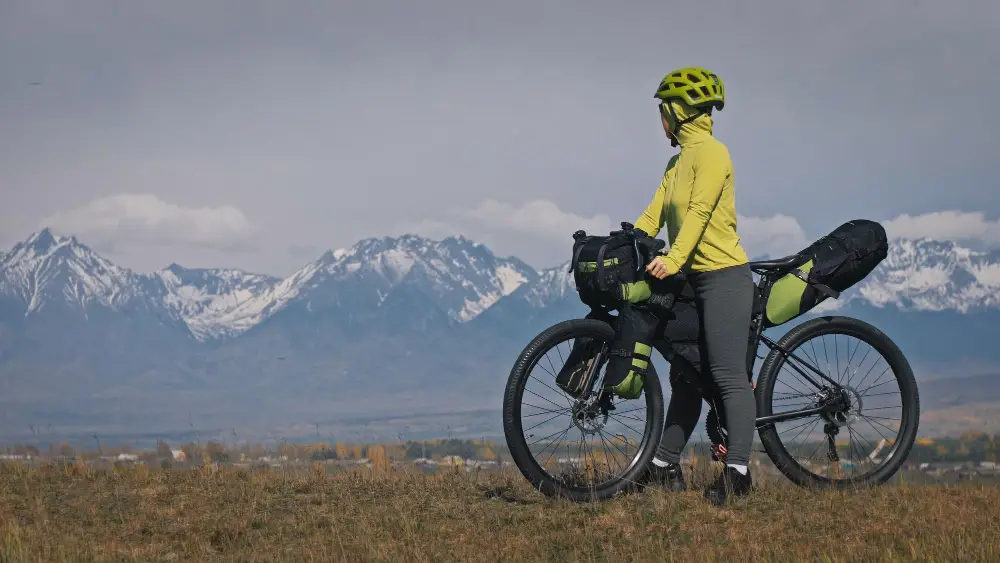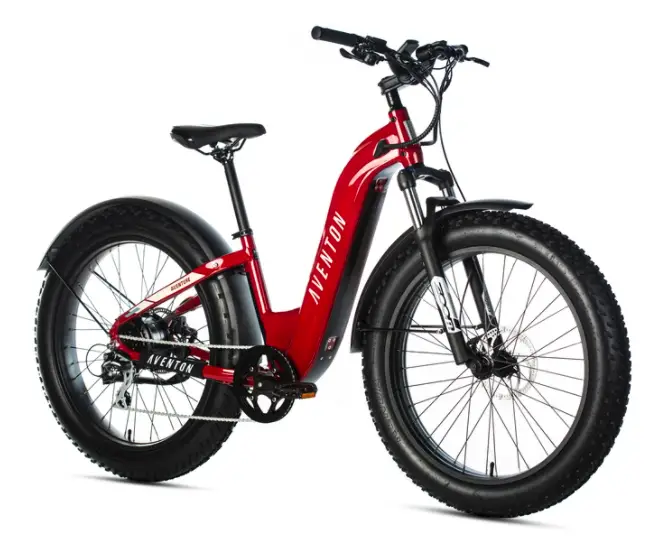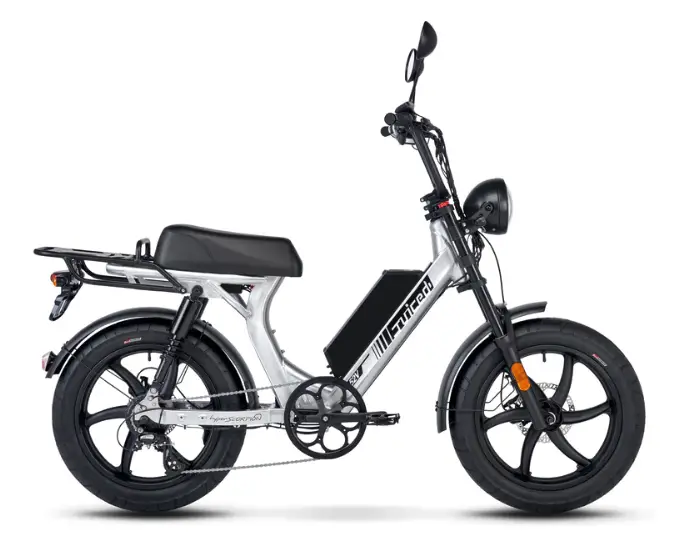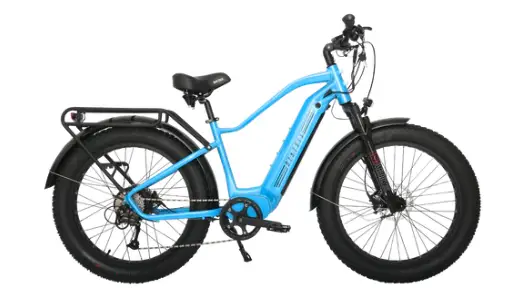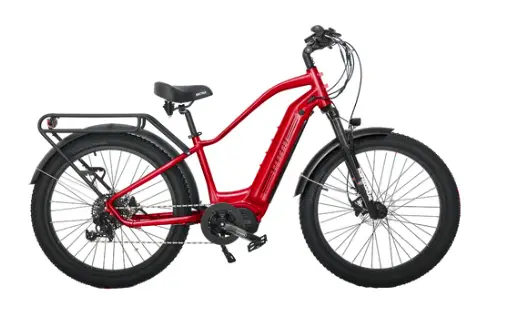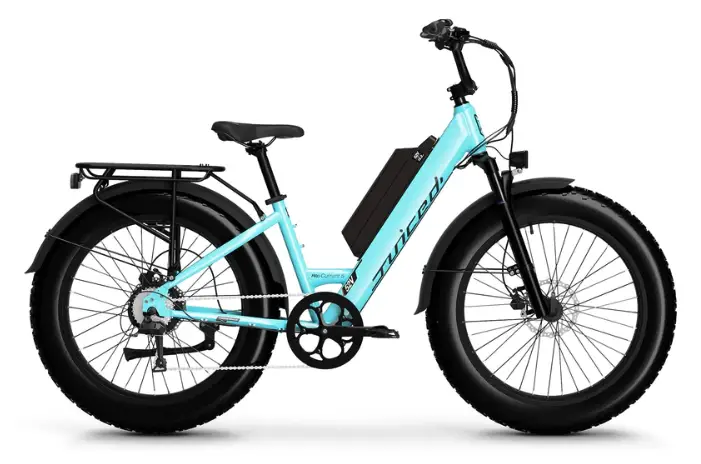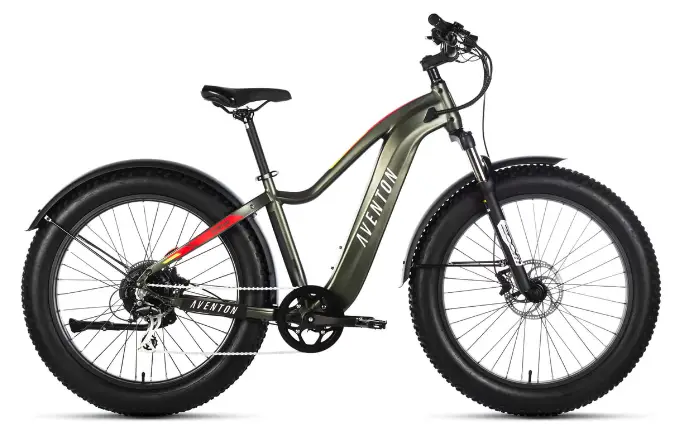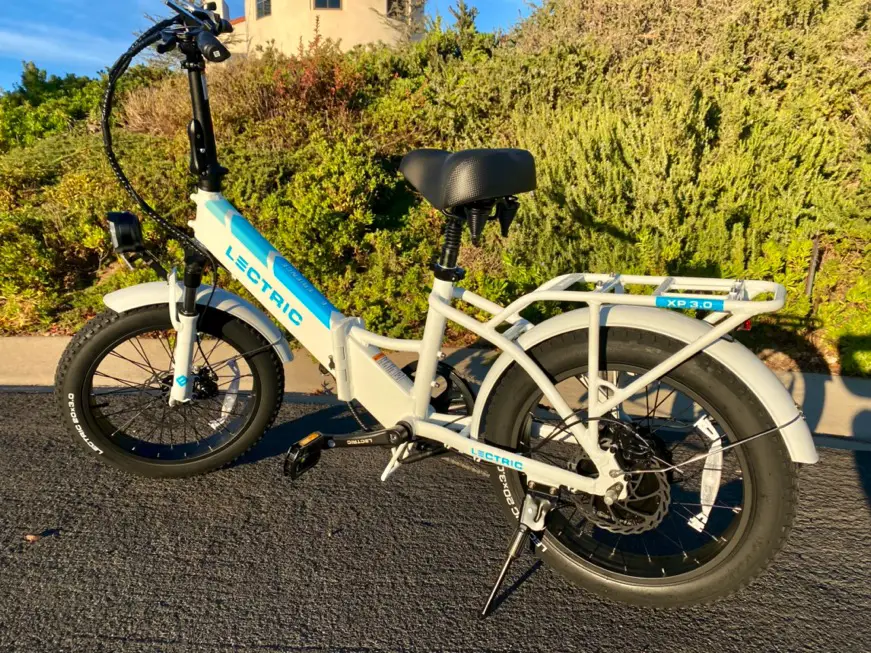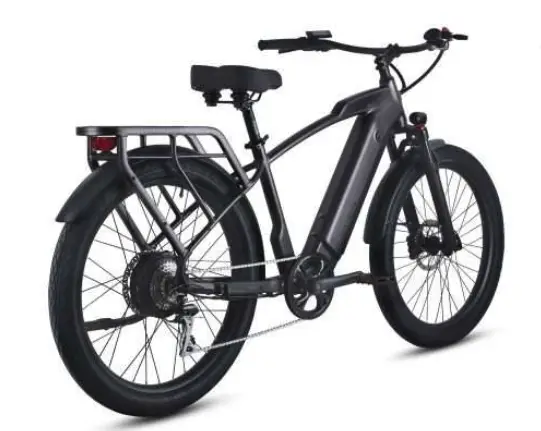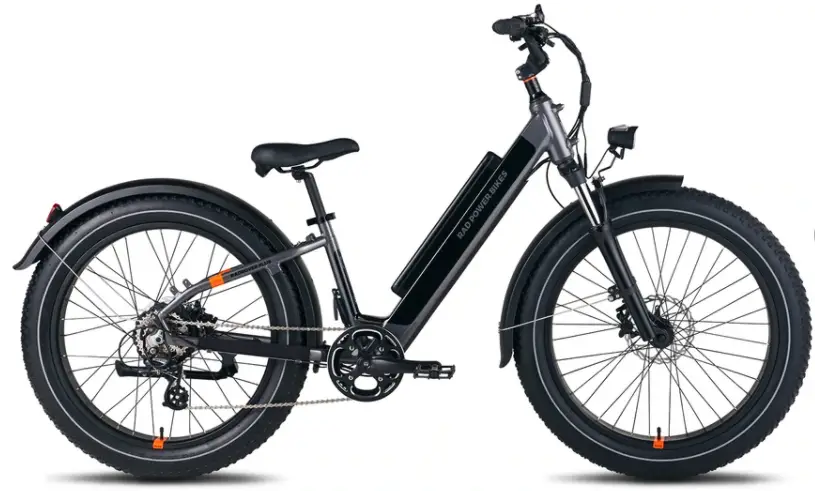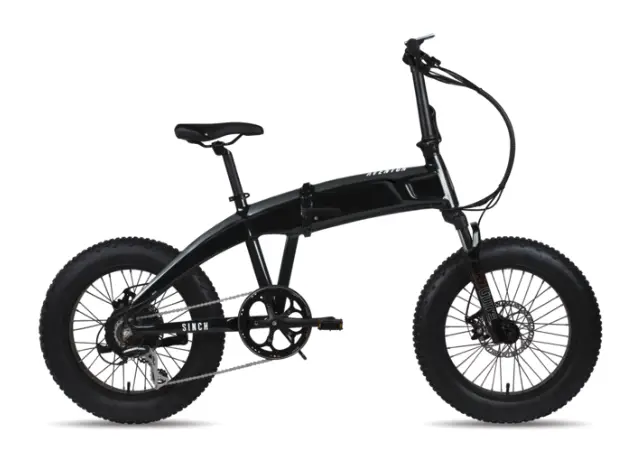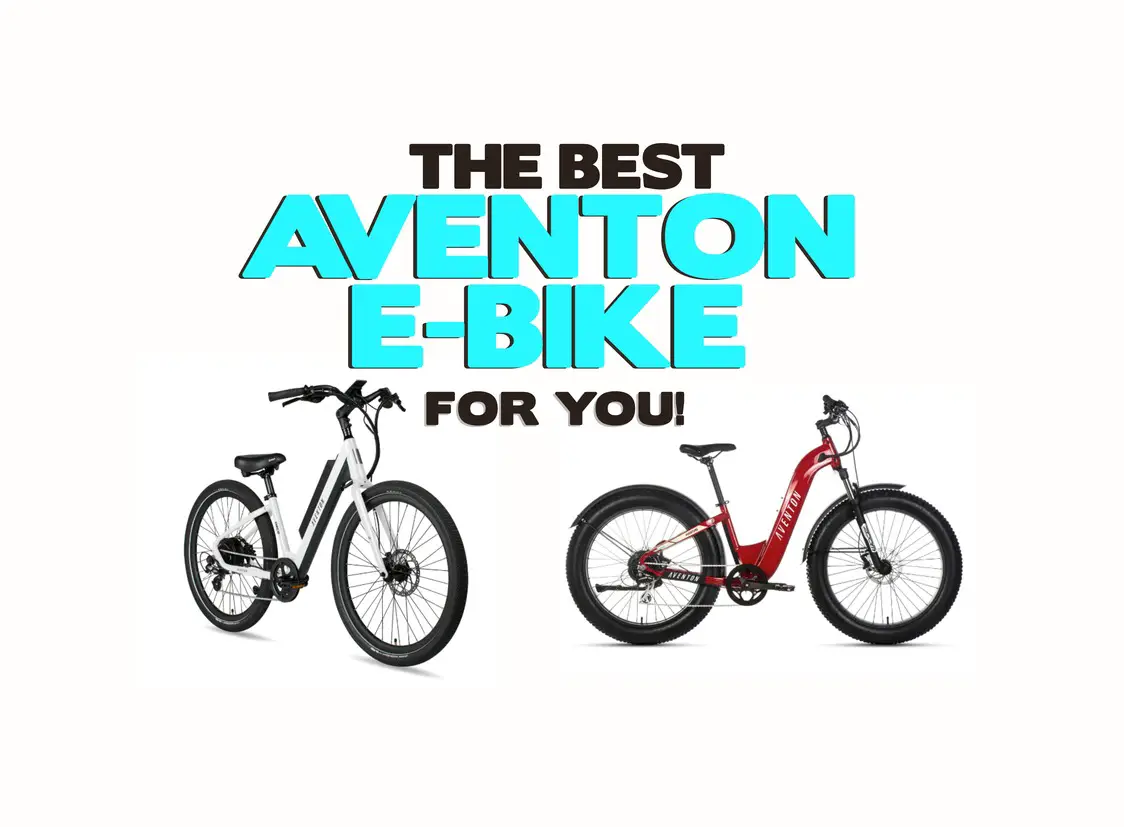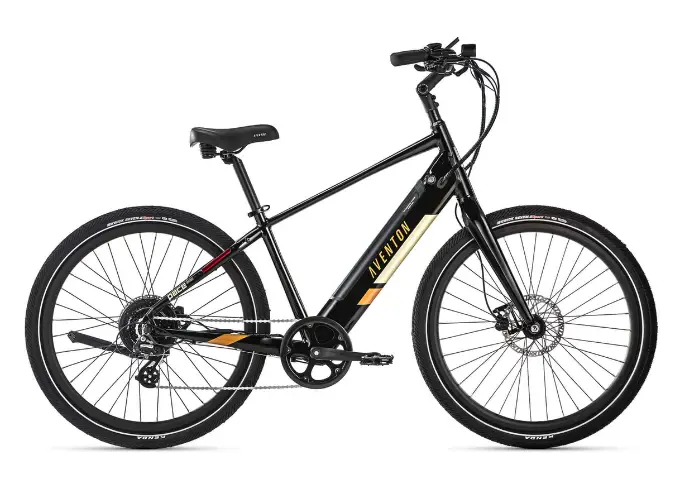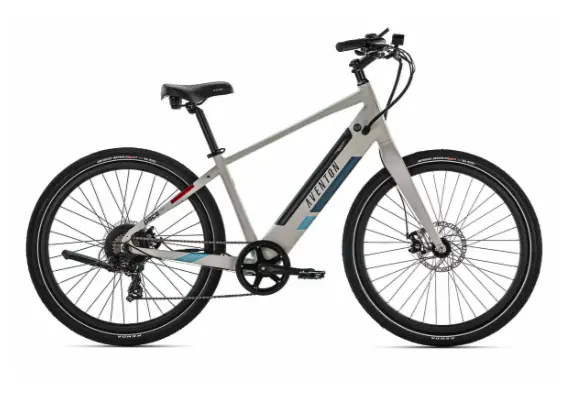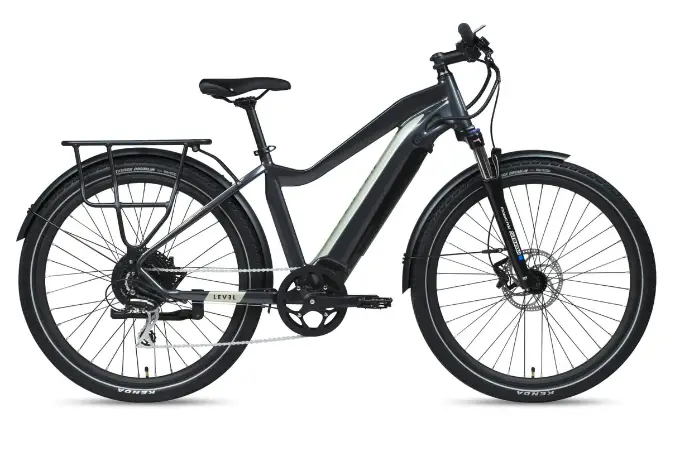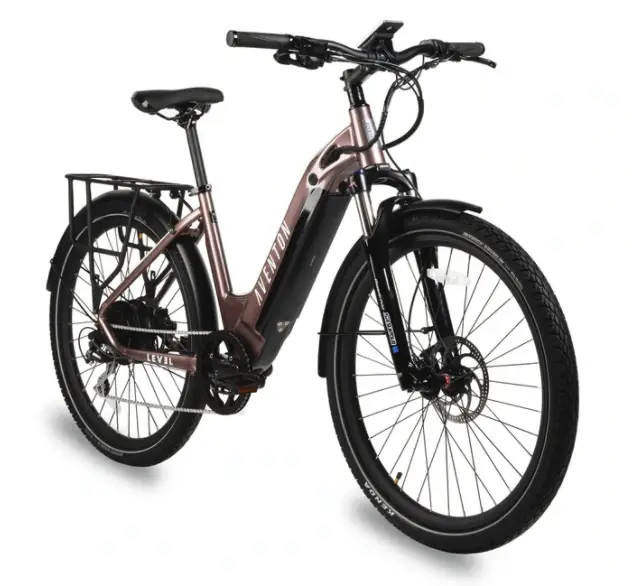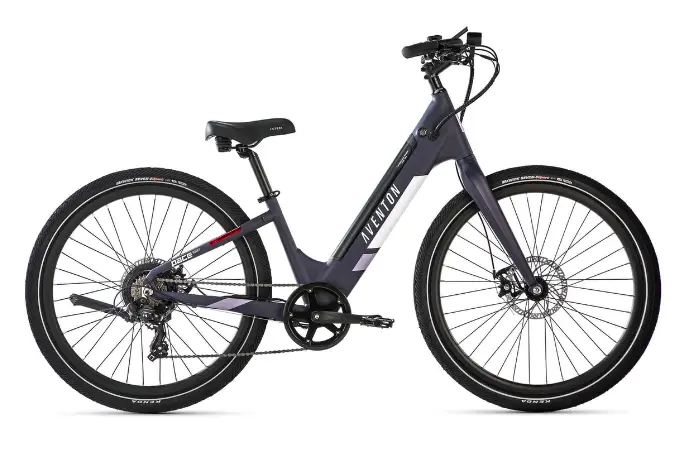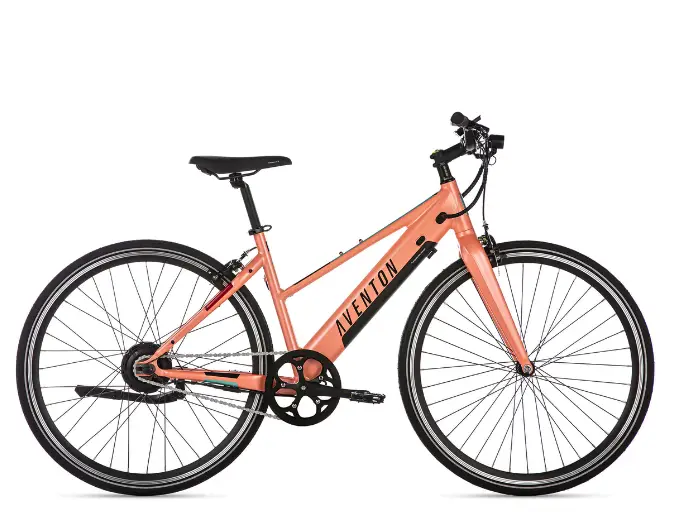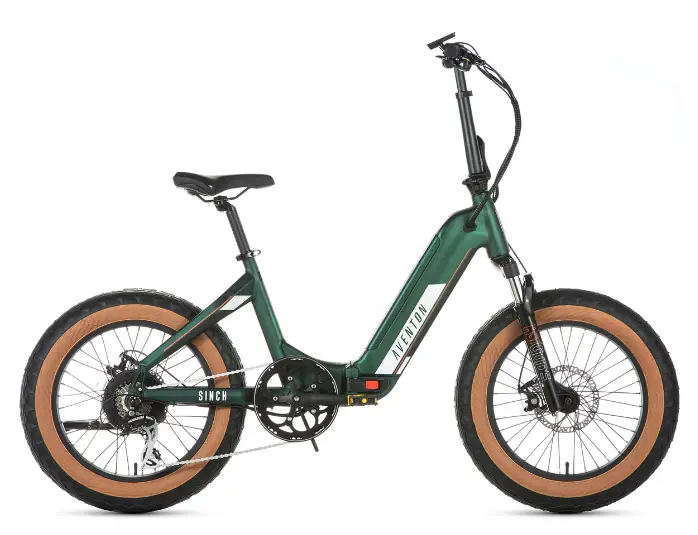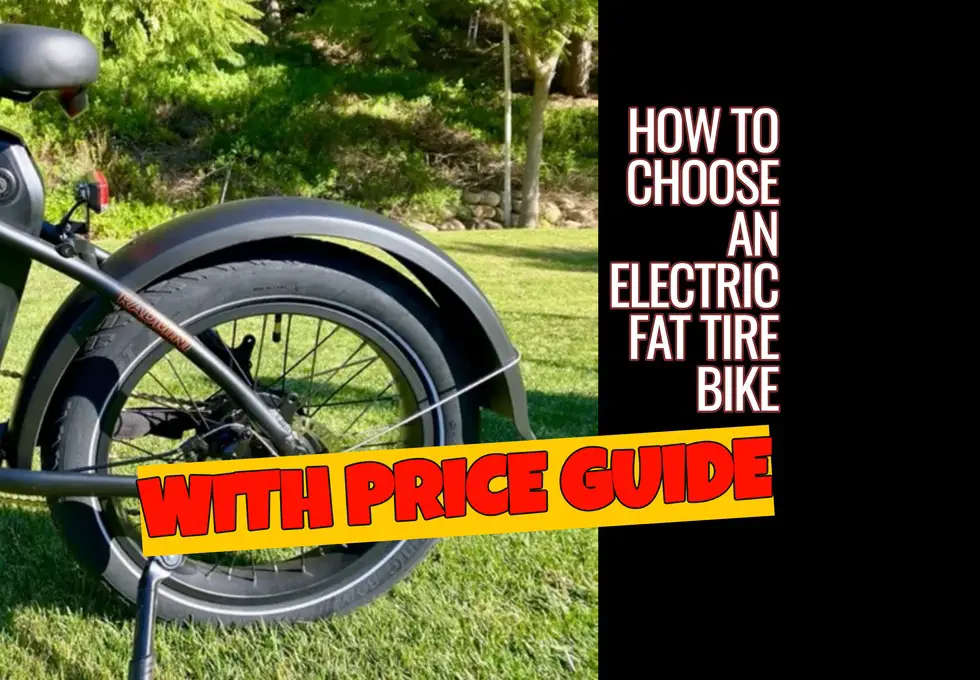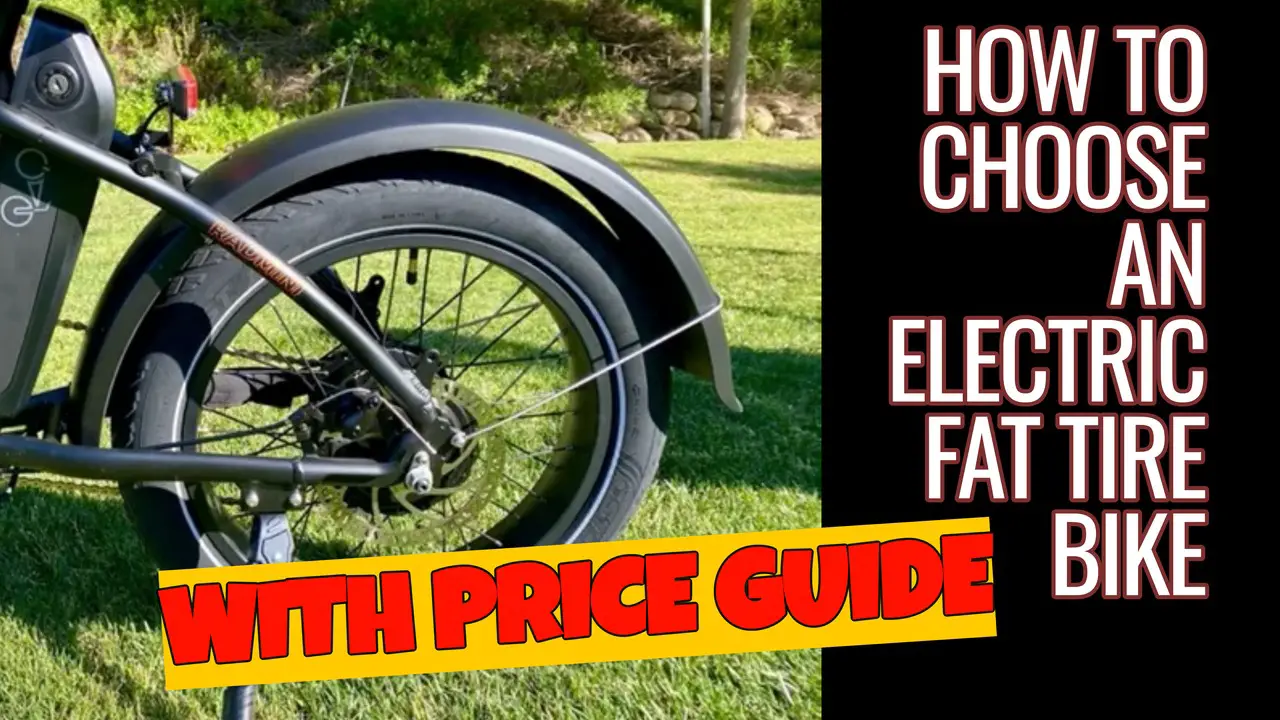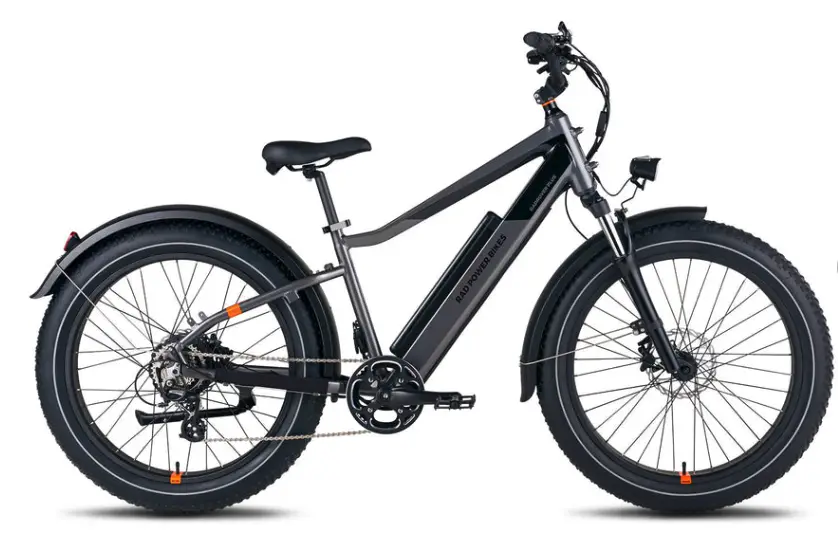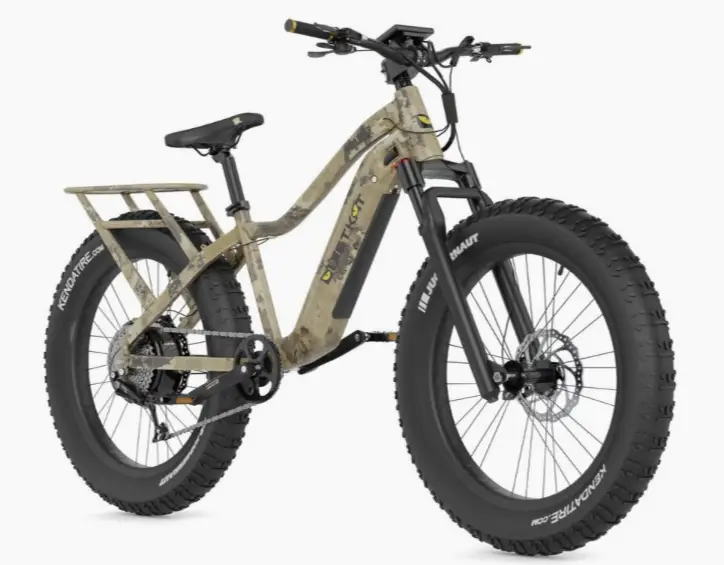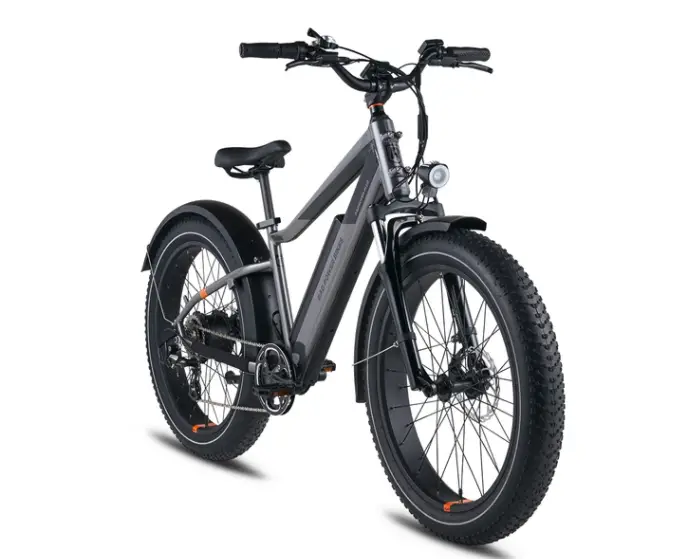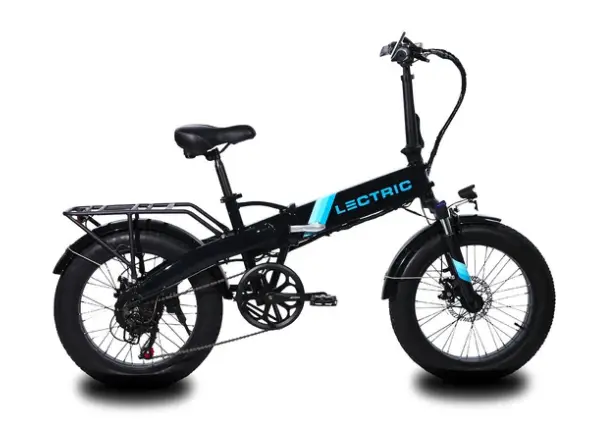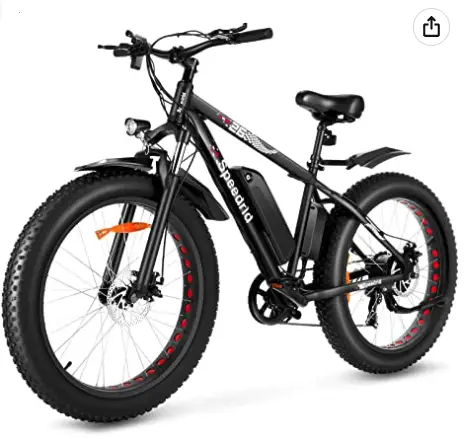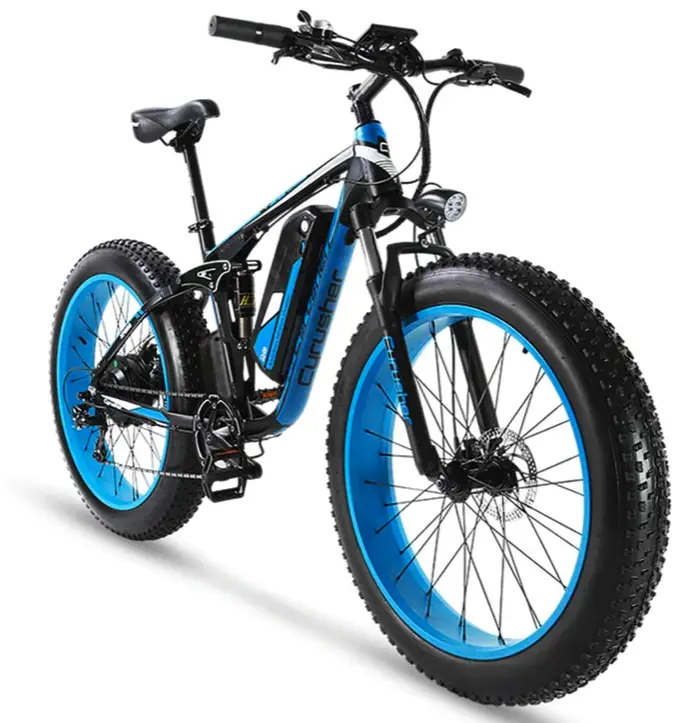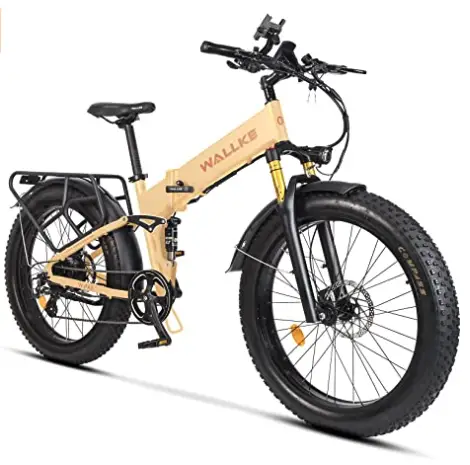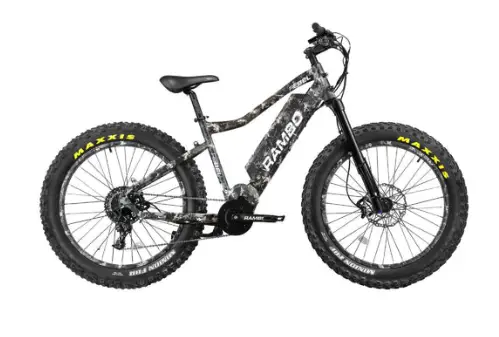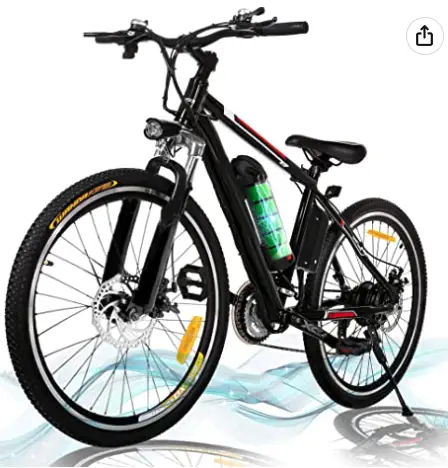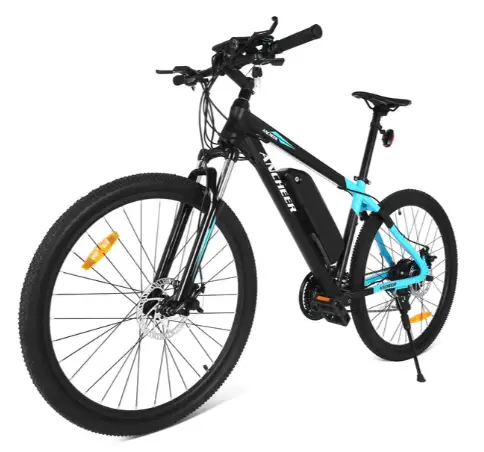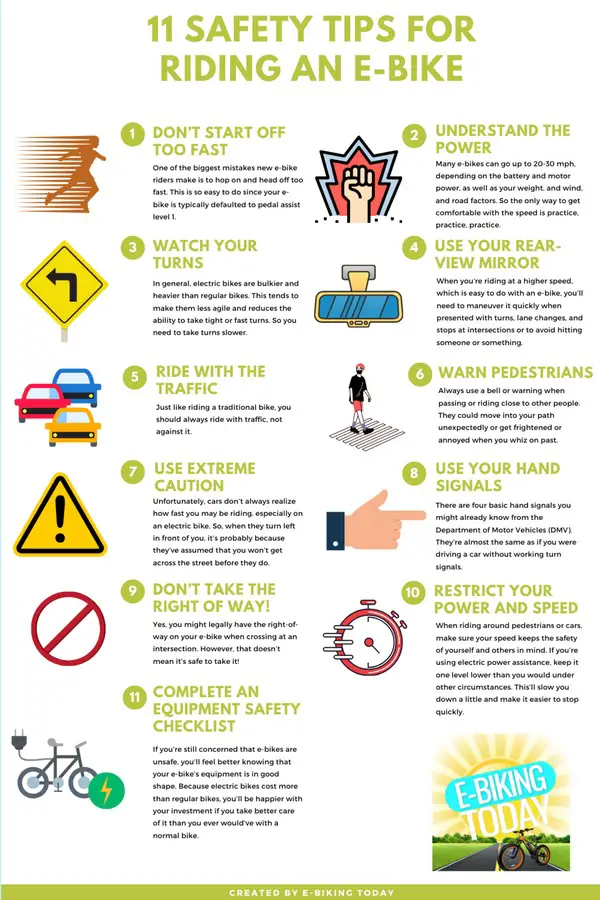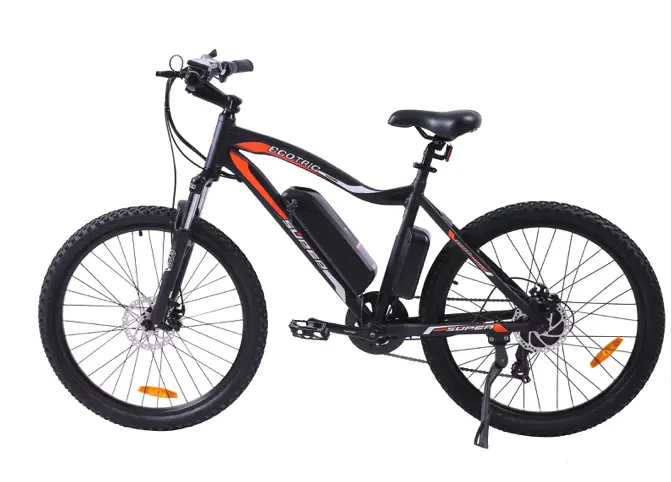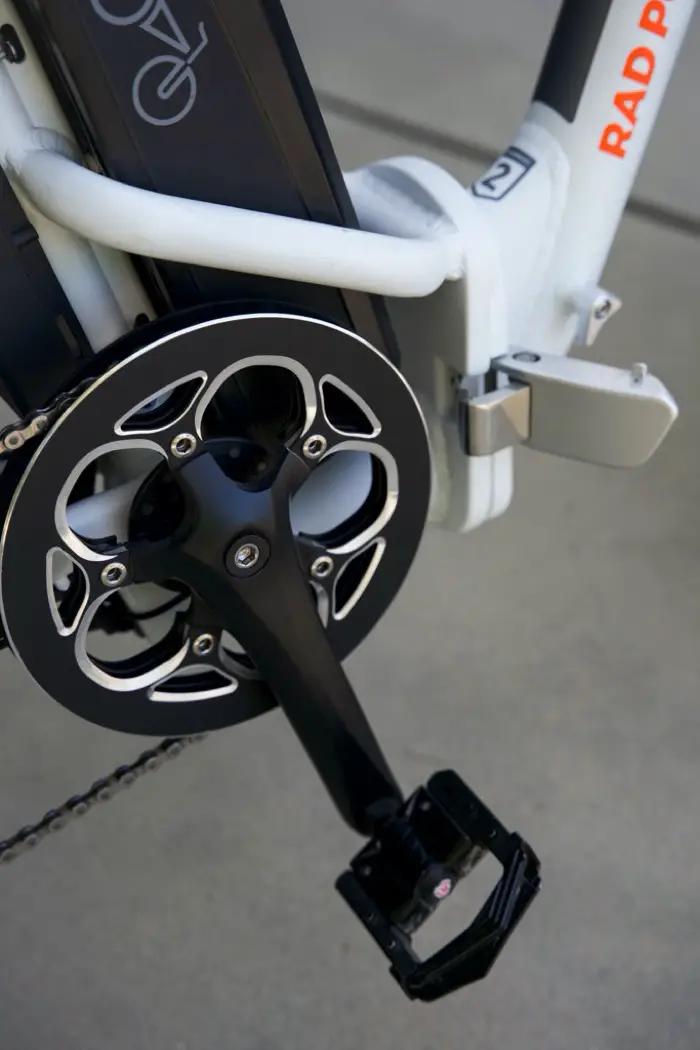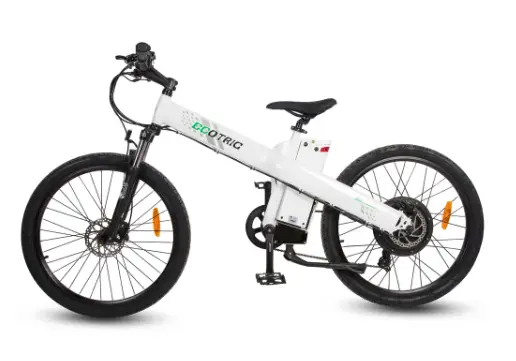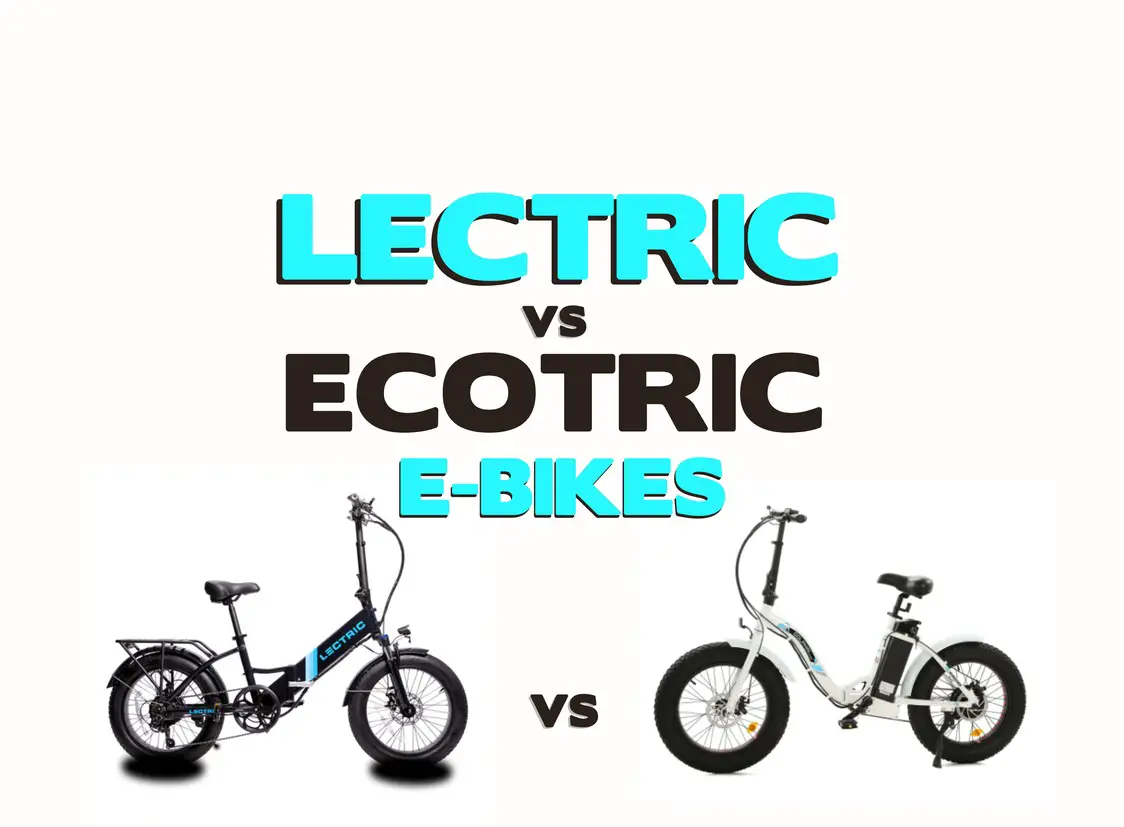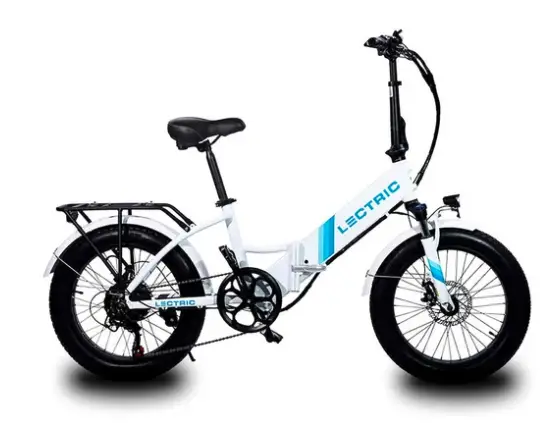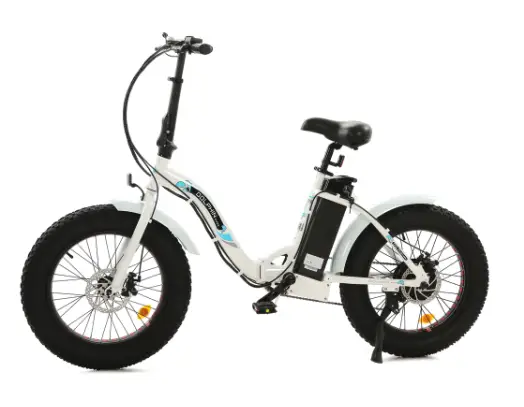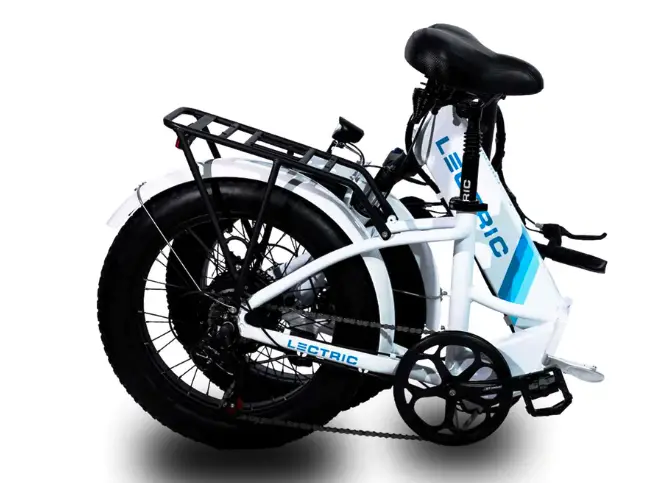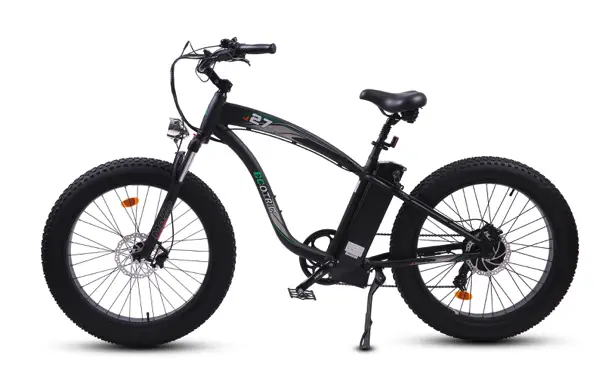So you were ready to go on a ride with your e-bike. But as you tried to get going, the electric bike didn’t work. Or worse, you were out on a bike path or commuting to work when the motor quit! What can you do to get your e-bike working again quickly?
The most likely reason your electric bike is not working is loose or cut-off wiring connections. However, there can also be other reasons like problems with the battery, brakes, speed sensors, motor, controller, display, or even water damage.
If you are in a hurry (which you likely are), here’s a quick chart that will show you how to troubleshoot common electric bike problems:
| What To Check: | Signs of Trouble | Problem: | Solution: |
| Check if power is coming to your e-bike or not. | Check the battery voltage: See if you can turn it on or off. Is it fully charged? Does it give uneven battery voltage when checked with a voltmeter? | The most probable cause of the issue is the battery. | Test the battery by recharging it; if it has gone bad, you may have to replace it with a new one. |
| If the battery is okay, don’t forget to check the connecting parts and the battery prongs. | Do the pins look broken, corroded, or damaged? | Then the problem is the connector pins. | You have to replace the damaged connector pin with a new one. |
| Check if the wiring connectors are loose or misplaced in the e-bike. | Do the wires look pinched, broken, or loose? | Then the wiring connection is the root cause. | Try plugging and fitting them tightly if you find any loose connection. And replace the broken or damaged wires. |
| Check if the magnets on the brakes are aligned properly. | Do the magnets of the brakes look shifted? | If so, the shifted brake magnets could be the problem. | Screw back on the magnets of your e-bike’s brake in their respective position. |
| Ensure the magnet in the rear part of your e-bike is in its correct position. | Is there a missing magnet, or has the magnet been dislodged from its perfect position when the rear wheel turns? | The root cause is with those magnets. | Ensure the magnet sensors are clean and they are in their correct position. If one is missing, install a new one. |
| Look if the e-bike is damaged by water or not. | Do you notice signs of water in any parts? | Then water damage can be the main cause of the issue. | Try drying out your e-bike completely and re-start the system. |
| Check if the motor is damaged. | Do the motor parts look dark and give off a strange smell? | Then, most likely, the motor is burnt out. | You will have to replace the motor with a new one. |
| Check if the display is damaged. | Does the display look burnt, or does it give any error codes? | If so, the problem may be with the display. | If the display is burnt out, replace it. And if you are getting error codes, search online or in your manual about what to do. |
| Check if the controller is damaged. | Is the controller burnt out? | Then, the root cause is the controller. | You’ll have to replace the controller with a new one. |
| Check the throttle connector. | Does your twist throttle feel loose when you push it to full throttle? | If so, the throttle may be broken. | Replace it with a new throttle. |
| Check the pedal assist system and PAS sensor | Is your electric bicycle pulsating? | Pedal assist magnets have been dislodged | Screw in the pedal assist disc magnet |
Is your electric bike not working? Read the rest of this electric bike troubleshooting guide to learn what can go wrong with your e-bike and how you can fix it in more detail! Discover each problem and its solution in detail below.
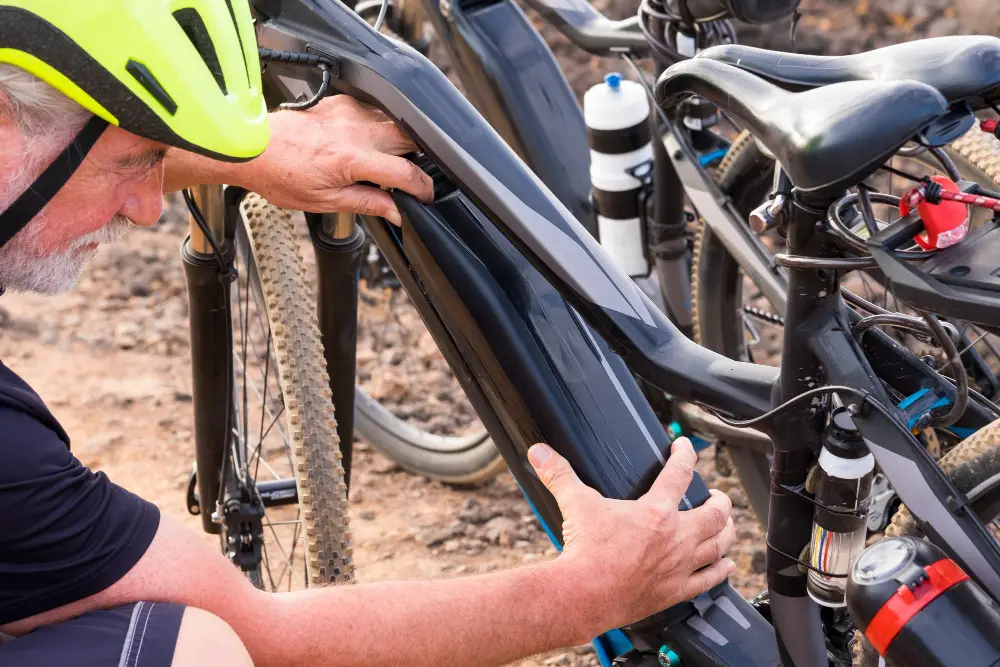
1. Problems With the Battery Pack
The very first thing you should suspect if your e-bike isn’t working is the battery pack, as it’s one of the most common problems.
If the battery pack loses power, ask yourself if you charged it completely last night? Was your battery charger plugged in? Even if you think so, you could be wrong. Thankfully, this is an easy fix.
Maybe you connected your bike with the battery charger port, but later the connection was disrupted (maybe your cat pulled it out) and the battery didn’t charge fully. So, first, ensure that your battery pack has been charged after your last ride (most batteries take 4-6 hours for a complete charge).
If the battery power is easily drained or the battery pack isn’t fully charging, there could be some internal damage to the battery management system. Otherwise, the charger is defective.
Check out how long an e-bike can go in one charge to set the right expectations for yourself.
Solutions:
Check the battery to see if it turns on and off. If there is no problem with the power switch, then check the battery output voltage. For this, you may need a voltmeter or multi-meter. You can check out some of the best voltmeters on Amazon.
But first, find out whether your LCD or LED display is lighting up. If so, you might have a blown fuse or circuit breaker.
If your battery pack is permanently damaged, you’ll need to buy a new one. Beforehand, understand, that e-bike kits are rated for a specific battery voltage. So you need to check whether a new battery can deliver the correct voltage level for your e-bike without causing overheating or other additional problems.
For instance, a 36V electric bicycle would need a battery that can offer the same level of power. Basically, you must know what battery is interchangeable with the dead battery.
If you check the power switch and battery pack and everything looks good, then the problem is not with your battery. Keep reading to apply other troubleshooting tips.
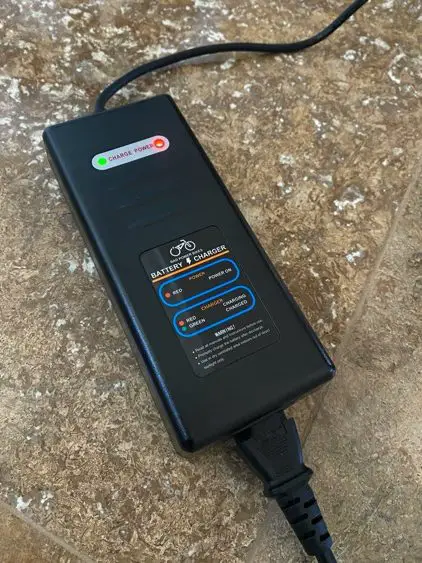
2. Problems With the Battery Connectors
Another common issue is this: even if your battery seems good, that doesn’t mean it is making a good connection to its cradle.
If the pins that act as connectors are burnt, corroded, or damaged, they may not provide the right connection.
Solution:
Take the battery pack off and carefully inspect the pins at the battery-mounting cradle. Do they look bent or broken? If they do, then you may need to replace them.
Also, check the connectors of your battery pack. Often with regular and frequent usage, the connecting pins can get damaged. Check if they look broken or burnt.
If they look burnt or damaged, you must replace the connector with a new one.
Find Out More About Repairing And Rebuilding Electric Bike Batteries
3. Common Problems With Wiring Connections
Wirings connect all the electrical components in your e-bikes. So whenever there are frayed or severely worn cables or loose wiring, you will have trouble running your electric bike.
Solution:
Start inspecting the wirings and connections that go from the head unit (near your handle) to your motor. See if each wiring is in its proper position or not.
If some connections seem loose, feel free to inspect more and try to tighten them in their correct place.
Also, check if the wires aren’t obstructing the operation of any parts. For example, the wires or cables may tangle each other, causing a loose connection. So try to spot any such issues and fix the connection error as much as possible.
If you have a plastic cover, feel free to remove it to inspect frayed or worn cables. If everything looks good, put the cover back in its place and move on to the rear part of your bike.
Start inspecting the wiring connections, tracking them from start to end. And fix any error that catches your attention. Usually, in most e-bikes, a wire runs from the back of the motor area to the rear wheel region. So ensure to check that as well.
Sometimes, it can get pinched somewhere in the linkage or tangled anywhere and cause operation difficulty in other parts. So try to inspect and fix if there’s an issue.
For a loose connection, try unplugging, replugging, and tightening. However, you may have to replace badly damaged, broken wires with new ones.
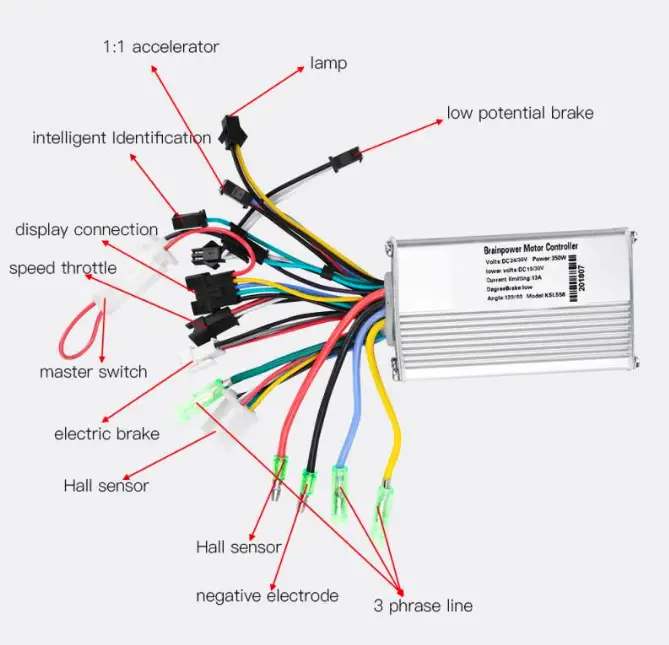
4. Problems With the Brakes
Perhaps the most common cause of an electric bike not working is the magnets of the brake getting misaligned. Do you have a hydraulic disc brake system? Then it is likely that the magnet fell off from its place or just got misaligned.
The brake cable may also be loose. This might have occurred if your electric bicycle fell and damaged the brake levers. If the brake levers are jammed back, this may also inhibit the motor (see problems with the motor below).
Another ongoing problem is with worn-out brake pads or shoes.
Solution:
First, find out if the brake cable or magnets are out of place. Try to screw the dislodged magnets into their correct position on the brakes and see if that fixes the problem.
If this doesn’t work, check the brake lever and brake cable tension. First, the brake cable adjuster should be tightened on the brake lever. Then loosen each brake cable stopper before pulling the brake cable tight. Then re-tighten the brake cable stopper.
However, if you have worn-out brake shoes and aren’t getting good stopping power, it’s probably time to replace the brake pads with the brakes. You can adjust the brake cable tension at the same time to keep the braking system in good condition.
Read our Step By Step Electric Bike Maintenance Guide here!
5. Problems With the Speed Sensor
Usually, in e-bikes, you can find a small magnet that can be found in the rear wheel. You can most likely find it at the rotor itself or somewhere on the spokes. Now, this speed controller sensor is an important part of your electric bike system.
If the electric bike cannot sense that magnet while the back-wheel rotation occurs, it won’t work or will only work for a very short time before cutting out.
One of the best things you can do is check that the small magnets are in their right place and tight enough.
If the magnet is loose, it can fall off. And it won’t be a good experience to ride your electric bike without a motor, especially if you are riding steep hills and far from home.
Note: This speed sensor is not the same as the cadence or torque sensor, which is typically mounted on the crank arm or shoe, as opposed to the wheel hub.
Solution:
Check if the magnet sensors are in their place. If not, you will have to put them back correctly.
And if you can already see one in its place, ensure that the magnet is nice and clean. If you have a spoke-mounted style magnet, check (when the wheel is turning) that the magnet stays within the range of the pickup system of your electric bicycle.
Also, ensure that the magnet doesn’t slide down/up from its position (specifically, if you have a spoke-mounted version). The magnet should remain in its designated place while the wheels rotate.
Watch the following YouTube video to get better assistance in troubleshooting this issue:
6. Water Splashed And Damaged The Parts
Generally, e-bikes are considered more water-resistant than waterproof. And the battery is the most likely part that can get damaged by water.
Maybe you just pressure washed your bike (don’t ever do this… instead, read here on how to clean your electric bike)? Or it is also likely that you took a ride through a deep puddle. So if you notice water anywhere on your electric bike motor or battery system, the problem could be the water not letting the e-bike work correctly.
Solution:
Your best bet would be to dry out your electric bicycle and all of the electrical parts.
- First, you can remove all the cables and display parts.
- Then, take a dry cloth or tissue and clean the wet parts.
- You can also use something like a hair dryer, especially at the battery connections or at the controller contact regions. However, ensure that you have removed your battery from the bike frame and don’t overheat parts.
In general, you can do the cleaning for an hour or so. And after that, reboot the system and see if everything is working normally.
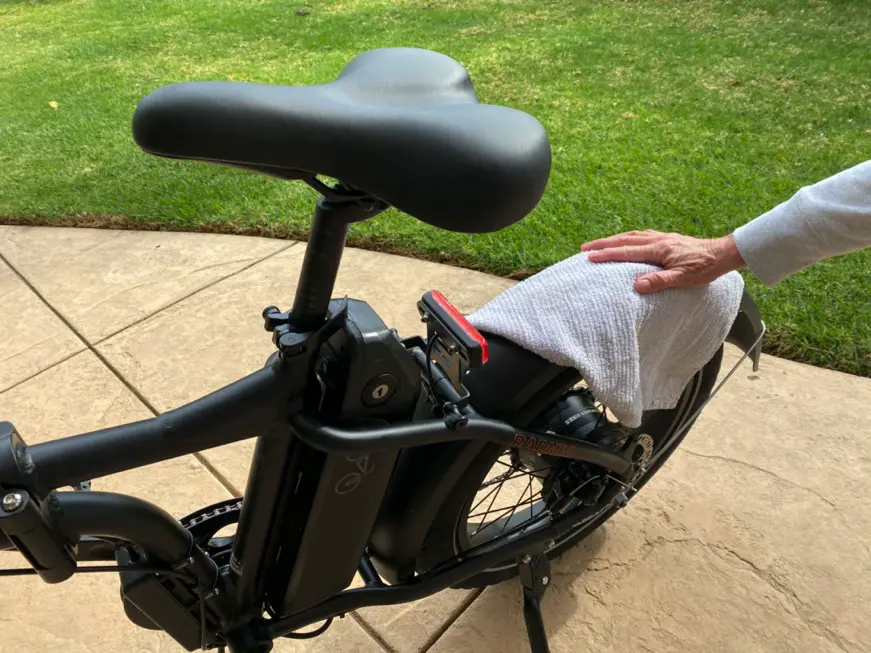
7. Problems With the Display
There can be system errors in the display, which could show some error code. Or it can be that the display has gone bad.
Solution:
If you feel your display has gone bad, try replacing it and see if that fixes the problem. At first (for just checking), you can borrow someone’s bike display and try to connect with yours and see if it works.
If you are getting any error code, it generally means that the bike has detected some problem with the operating system. It can be related to the battery, battery charger, rear-wheel magnet, or a number of other things.
So your best bet would be to refer to your particular e-bike’s manual or google the error code to learn what to do.
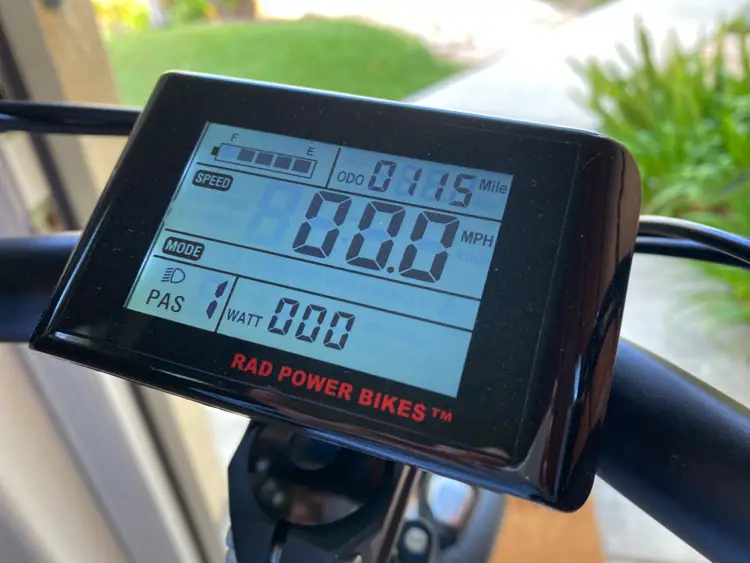
8. Problems With the Motor & Controller
If all the above-stated troubleshooting methods fail, the problem could be with the rear hub motor connection or a controller issue.
The rear hub motor may have trouble working if the motor inhibitor switch is stuck in the “on” position. This may have happened if, as discussed above, your handlebar brakes were damaged in a fall. If this is the case, the motor is being kept from working because the handlebar brakes are in the wrong position.
Otherwise, the motor or controller could be damaged or have just gone bad with usage over time.
Solution:
If your controller looks burnt or damaged, you have no choice but to replace it with a new one. Refer to this guide to learn how long e-bike controllers last. Unfortunately, there is typically no quick fix.
You can also take apart the motor and see what’s causing the issue. A common problem is with the motor hall sensor. Do you notice any odd smell or do the motor parts look dark? You may also have a burned-out motor.
And in that case, you will also have to replace the motor with a new one. Check out this guide to know how long e-bike motors last.
9. Throttle Problems
With a twist throttle, most people have a tendency to use full throttle quickly for sudden speed and then let it go just as quickly. This can damage the throttle, possibly breaking it permanently.
Solution:
When going full throttle, release it slowly rather than letting it snap back into place. This is a simple way of solving a problem before it’s happened. However, if it does stop working, you’ll probably just need to replace it.
10. Pedal Assist System Issues
If you discover that your bike seems to be moving unevenly or jerking, rather than keeping a consistent movement forward, your pedal assist is likely damaged. As pedal assist is the most important feature of an electric bike, you’ll want to get this fixed as soon as possible.
Solution:
You can make some simple mechanical adjustments to the sensors and/or magnets, which are likely out of alignment. You may even be able to just use your hands to push the magnets on the bottom bracket closer to the cadence or torque sensor. If that doesn’t work, a flathead screwdriver should do the trick.
Always make sure you have simple tools with you while you ride. Take a look on Amazon for an all-in-one bike tool kit. Always add a few zip ties to your kit. This will help you keep all of your cable connections tight and in place. Otherwise, you will have a new problem when you need to replace frayed connectors.
Final Thoughts
In short, the battery, battery charger, connections and wirings, brakes, speed sensors, motor, controller, display, and water damage are some likely reasons for an electric bike not working properly.
Ruling out rare cases, you may be able to fix these electric bike problems on your own. What’s the worst that can happen? You’ll have to replace a part if repair is not possible. If you’re not sure how to make the fix, contact a bike mechanic or local bike shop for help.
You should also note that, if you attempt to fix anything incorrectly, your manufacturer warranty claim may be voided! The best way to keep your electric bike in good working condition is to search for valuable information from your bike’s brand before making any adjustments.
But hopefully, after reading this guide, you will be able to pinpoint the problem and its solution so that you can keep on riding without the expense and time it takes to get help. Happy e-biking!
More Recommended E-Bike Resources For You:
